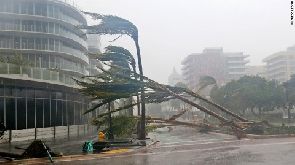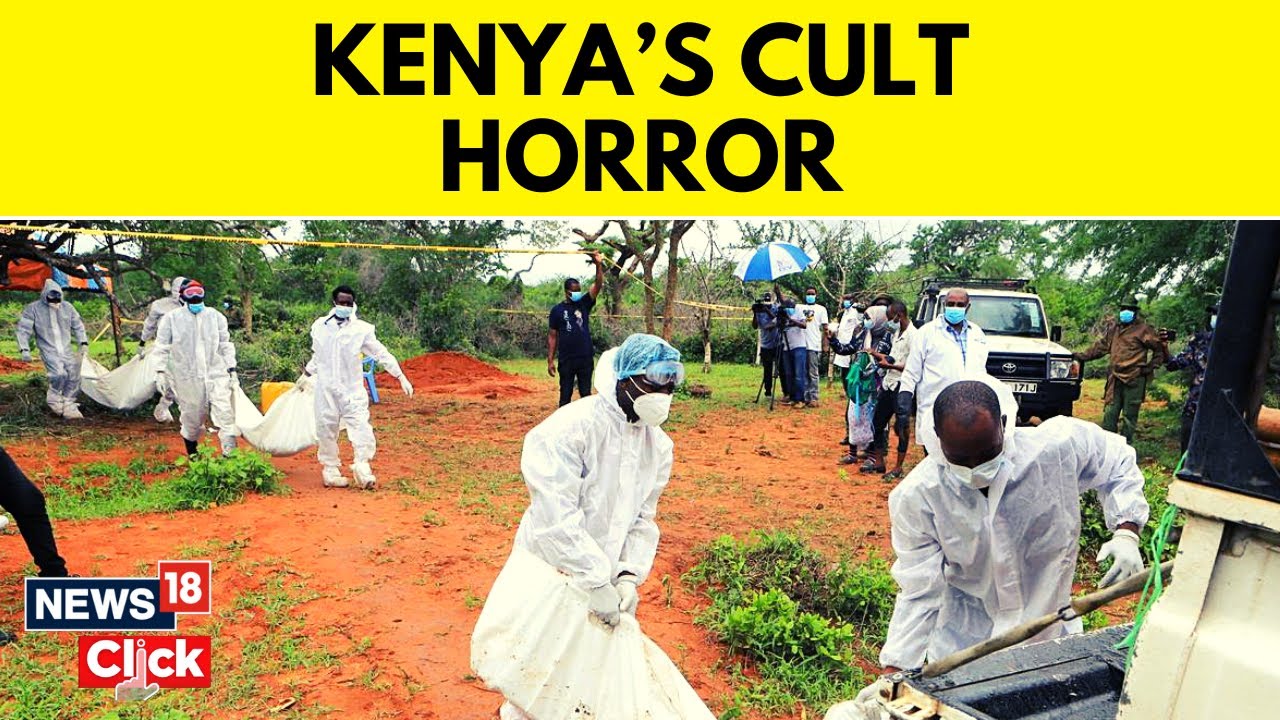Maria is expected to become a dangerous major hurricane as it nears the Leeward Islands in the Caribbean.
The category one hurricane will rapidly strengthen over the next 48 hours and will hit the islands late on Monday, the US National Hurricane Center says.
It is moving roughly along the same path as Irma, the hurricane that devastated the region this month.
Hurricane warnings have been issued for Guadeloupe, Dominica, St Kitts and Nevis, Montserrat and Martinique.
A hurricane watch is now in effect for the US and British Virgin Islands, St Martin, St Barts, Saba, St Eustatius and Anguilla.
Some of these islands are still recovering after being hit by Irma – the category five hurricane which left at least 37 people dead and caused billions of dollars’ worth of damage.
In its latest update at 03:00 GMT on Monday, the NHC says Maria has maximum sustained winds of 85mph (137 km/h).
The eye of the storm is 140 miles north-east of Barbados, and Maria is moving west-northwest at about 13mph.
“On the forecast track, the centre of Maria will move across the Leeward Islands late Monday and Monday night and then over the extreme north-eastern Caribbean Sea Tuesday and Tuesday night,” the NHC says.
The most southerly point of the Leeward Islands – where Maria will first strike – include Antigua and Barbuda. The latter island was evacuated after being devastated by Irma.
It says that “a dangerous storm surge accompanied by large and destructive waves will raise water levels by as much as 5-7ft (1.5-2.1m) above normal tide levels near where the centre of Maria moves across the Leeward Islands”.
The NHC also forecasts a maximum potential rainfall of 20in (51cm) across the central and southern Leeward Islands – including Puerto Rico and the US and British Virgin Islands – through to Wednesday night.
“Rainfall on all of these islands could cause life-threatening flash floods and mudslides,” it warned.
Earlier this month, Irma left more than two-thirds of homes on the Dutch side of the island of St Martin (known as Sint Maarten) uninhabitable, with no electricity, gas or drinking water.
The French government has said its side of St Martin – known as Saint-Martin – sustained about €1.2bn ($1.44bn; £1.1bn) in damage, with nine deaths across Saint-Martin and nearby St Barts.
Irma also hit the US, with 11 deaths being linked to the hurricane. Nearly 6.9 million homes were left without power in Florida, Georgia, North Carolina, South Carolina and Alabama.
A second hurricane, Jose, is also active in the Atlantic, with maximum sustained winds of 90mph.
The centre of the storm was about 335 miles south-east of Cape Hatteras in North Carolina, the NHC said in its advisory at 21:00 GMT on Sunday.
Tropical storm watches have been issued for parts of the north-eastern US.








